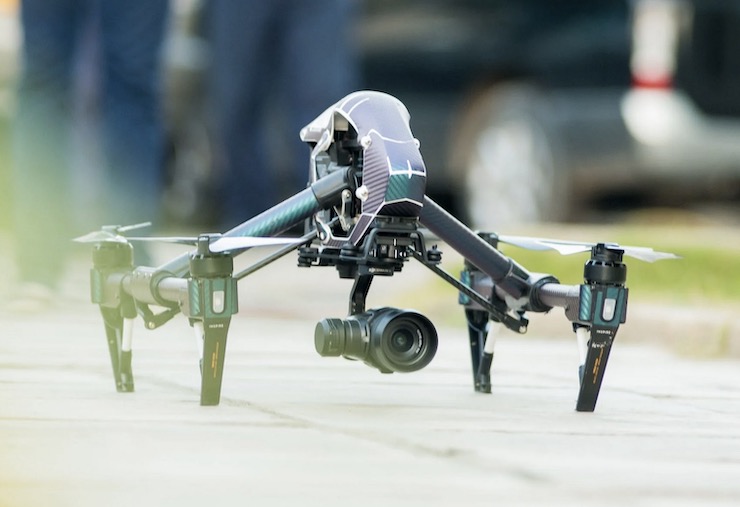
Under growing pressure from the drone industry, the Federal Aviation Administration (FAA) is moving ahead with new waiver approvals for Beyond Visual Line of Sight (BVLOS) inspection operations at major US grid facilities.
Last week, the FAA approved the application of Skydio – a ;pioneer in autonomous drone technology – for expanded BVLOS flights at the New York Power Authority (NYPA)’s Blenheim-Gilboa Pumped Storage Power Project in the Catskill Mountains about 60 miles from Albany, the state capital.
The FAA had previously approved Skydio’s digital data collection near the power station but the latest approval allows the drone to fly within 50 feet of the facility to identify stress cracks and other possible flaws in its structure.
Previously, Skydio’s drones needed to be remotely piloted but the latest approval allows for completely autonomous flights near the station above a minimum altitude of 50 feet.
“Our application demonstrated to the FAA that we are ready to enhance our program and capabilities,” said NYPA’s drone program manager, Peter Kalaitzidis. “Having this waiver removes limitations and unlocks opportunities moving forward. We will continue to explore potential uses for this technology that will benefit the Authority and hopefully the industry at large.”
The FAA’s latest action comes on the heels of its recent approval of BVLOS inspection waivers at Pacific Gas & Electric (PG&E) plants throughout California state. The PG&E inspections are being conducted by Skyfire, an Atlanta-based drone consultancy group that specializes in public infrastructure inspections.
The FAA is under growing pressure from industry and the US Congress to expedite its BVLOS waiver approvals, which are often slowed for months and typically granted on a case-base basis and limited to individual projects and drone flights. However, more expansive BLVOS approvals are easier to grant for public infrastructure inspections because the facilities are generally located in remote areas without an obvious safety risk to local populations.
Moreover, the case for widespread public benefit from increased efficiency in power grid operations is easier to demonstrate, making expansive BVLOS approvals for drones in this sector – as opposed to farming or even law enforcement – a higher-level priority.
The NYPA has about 40 trained drone pilots on staff – a sizable number – but that’s still not enough to cover all of its facilities on a daily basis, officials say.
With more BVLOS site waivers – or perhaps an across-the-board FAA exemption – the utility hopes to expand inspection work across its grid, relying heavily on the automated capabilities of Skydio craft.
Several other companies, including the Israeli firm Percepto, have gained BVLOS waiver authority from the FAA in recent months, part of an accelerating pattern of approvals designed to enhance US drone industry competitiveness in the face of major advances by firms in Europe and Japan.
|